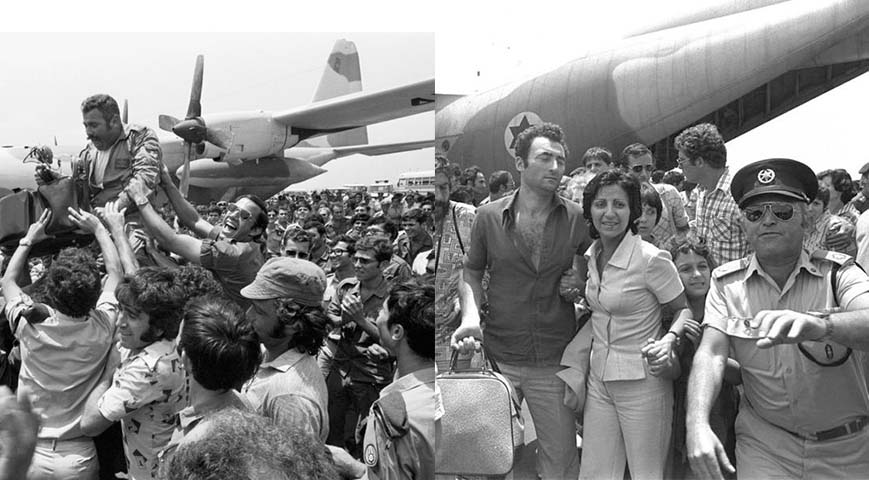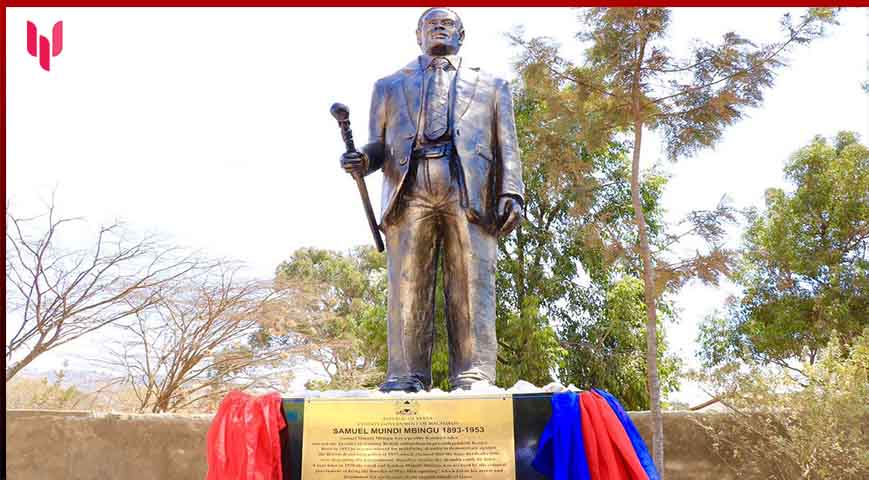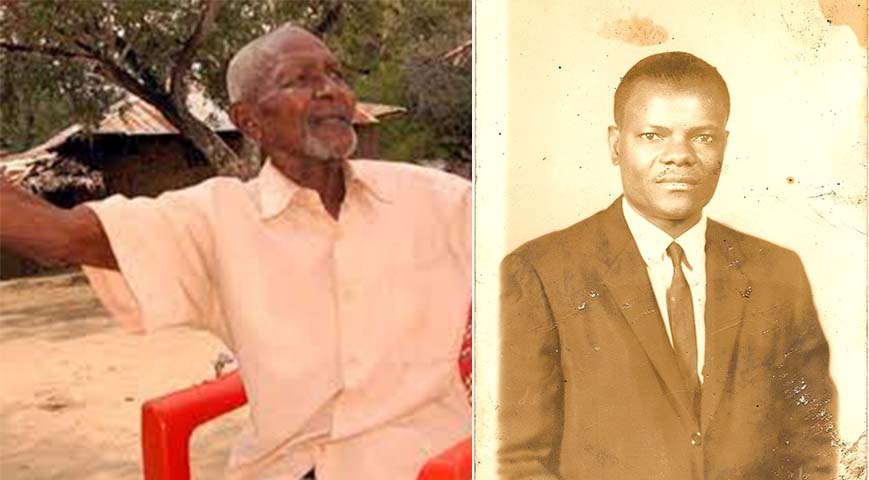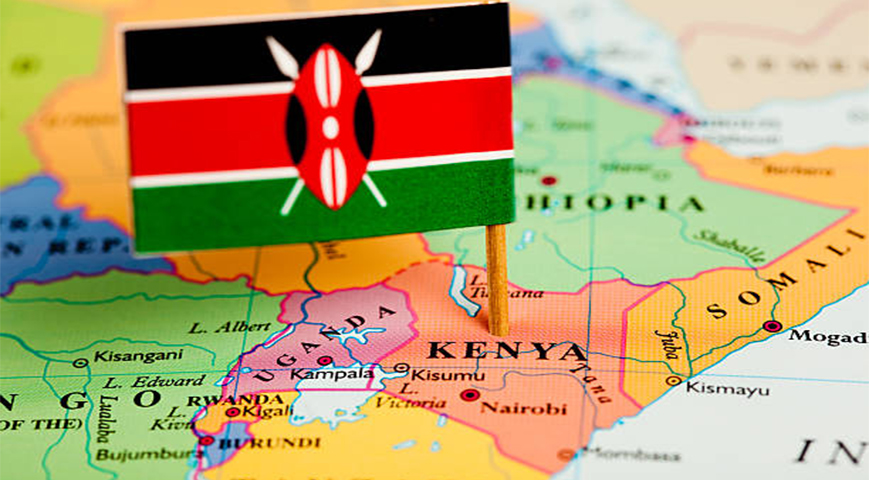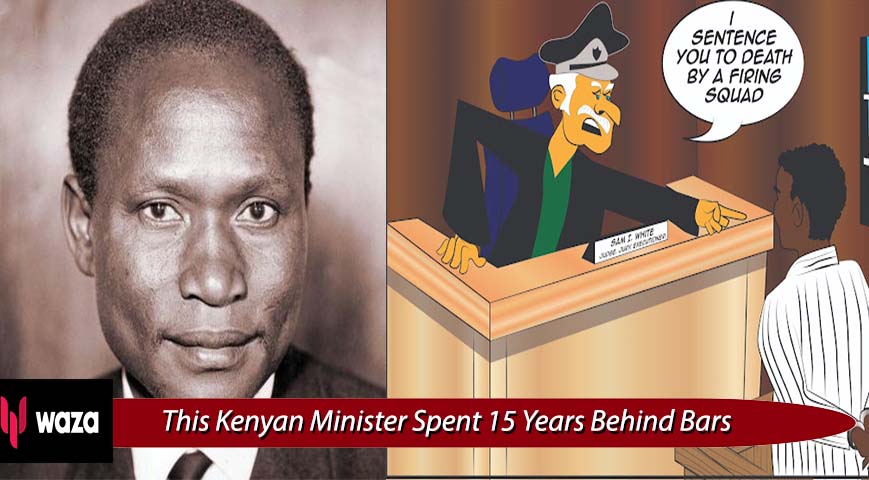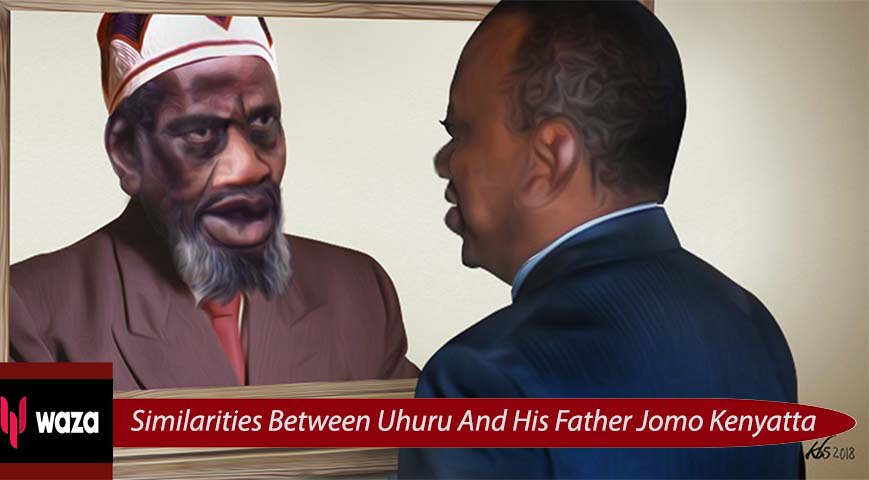How Kenya played a vital, silent role in Entebbe, 'the most audacious hostage rescue in history
On the night of July 3, 1976, three troop transport planes, allegedly Israeli C-130 military jets, landed at Nairobi airport.
The airport lounge is claimed to have been turned into a makeshift field hospital, replete with an operating table, anaesthetic equipment, and oxygen canisters, and regular Kenya army troops and members of the General Services Unit (GSU) stepped in to control the airport area.
Later that night, three Israeli commando planes took out from Nairobi's JKIA for the slightly more than one-hour flight to Entebbe, flying across Kenya with covert clearance from the Kenyan government.
Did you read this?
The Israeli Defense Forces commandos carried out what is widely regarded as "the most audacious hostage rescue mission in history" 40 years ago this week as a successful counter-terrorist mission at Entebbe airport in Uganda, killing the terrorists who had taken 260 men, women, and children hostage.
The hijacking of an Air France airliner by Palestinian and German terrorists resulted in the Entebbe raid. The hijackers, who were members of the Palestinian Liberation Front (PFLP) and the German Revolutionary Cells (RZ), diverted the jet to Benghazi, Libya, for refuelling before flying it to Entebbe, Uganda.
In addition to the 12 crew members, there were 248 passengers. One hundred six hostages remained after all non-Jewish passengers had been liberated. Within a short time of the raid, 102 passengers still on board were saved and sent to Israel via Nairobi.
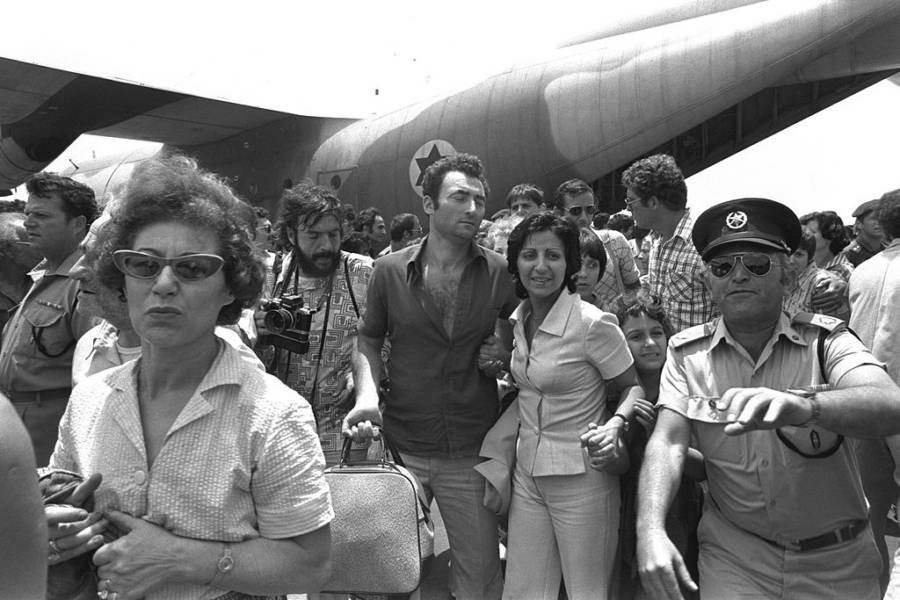
Although the raid has received high accolades for being nearly impossible, it would not have been accomplished without help from one of the East African states. And this week, as Israeli Prime Minister Benjamin Netanyahu travels to Africa, the countries' long-standing relations are at an all-time high.
Kenya permitted Israeli fighter planes to land and refuel at Jomo Kenyatta International Airport. Additionally, the nation served as a base for Mossad agents to acquire information about the old Entebbe terminal before the operation.
Before being taken back to Israel, those hurt during the operation received medical attention in Nairobi.
According to Saul David, a British military historian and broadcaster, Kenya's participation had to be kept top secret in his most recent book, "Operation Thunderbolt."
Jomo Kenyatta, the president of Kenya at the time, is claimed to have agreed to let the Israeli Air Force use Jomo Kenyatta International Airport and allow Mossad to gather intelligence before the operation, thanks to Bruce MacKenzie.
.jpeg)
Idi Amin, the president of Uganda, who helped with the terrorists who hijacked the Israeli jet, ordered his agents to kill MacKenzie in vengeance. On May 24, 1978, while returning to Nairobi from Uganda, a time bomb affixed to his aircraft exploded, killing him. Meir Amit, the former head of the Mossad, had an Israeli forest planted in his honour.
Although there have been good relations between Kenya and Israel since 1963, the 1973 Yom Kippur War caused tensiony
When Kenya agreed to work with Israel in Operation Thunderbolt in 1976, the solid but low-key cooperation was resumed in several areas, most notably security, with Israel helping Kenya in times of need.

